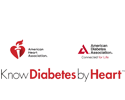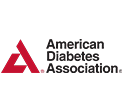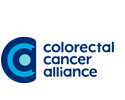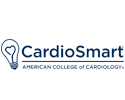More Patients DASH to New Solution to Reduce High Blood Pressure: Part I
What’s the solution to reversing the tide of hypertension, the most commonly diagnosed condition in the United States? More evidence indicates that the answer begins with the food choices we make every day.
An underlying cause of heart attacks, strokes and kidney disease, one in three American adults now experiences high blood pressure – the single-largest contributor to death worldwide. It is also becoming more resistant to the pharmaceutical drugs used to lower it. In fact, blood pressure remains elevated in nearly one-third of all treated hypertensive patients on pharmaceutical drugs.
Instead of relying on prescriptions, more patients are turning to a healthier eating approach: Keeping sodium intake low and making consumption of nitric oxide-rich vegetables and leafy greens high. This cardio-protective daily diet, known as the DASH (Dietary Approach to Stop Hypertension) Eating Plan, is emerging as an effective way to delay or prevent high blood pressure altogether.
The value of nitric oxide was spotlighted when the Nobel Prize was awarded in 1998 for discovery of this naturally produced cardio-protective factor. A string of clinical studies underscored that vegetables (like red beet roots) and leafy greens (such as spinach and arugula) are replete with nitric oxide.
Diets known for promoting heart health and lowering rates of diabetes and obesity – like Japanese diets, Mediterranean diets and plant-based diets, such as DASH, among others including TLC, Ornish, and Pritikin – incorporate these natural whole foods. The need to consume more nitric oxide-potent vegetables and leafy greens becomes even more critical as we age because our bodies are less able to synthesize this natural hypertensive-fighting factor.
Reducing hypertension would not only improve health outcomes for individual patients, but would also benefit the health system as a whole. Although the percentage of resistance to antihypertensive drugs is relatively lower in the U.S., elevated blood pressure among a rapidly growing number of baby boomers will mean more challenges for health care in the long run unless we identify tools that work and make them as accessible and user-friendly to the public as possible.
DASH holds great promise to fuel compliance – a critical driver to prevent elevated blood pressure – among those living with hypertension. But a healthful eating strategy alone will not mean better outcomes for patients without a model to help them break bad habits and support dietary changes on a personal level, one day at a time.
So how do we get there?
Join us here next Thursday for the second post in our two-part series. Discover what innovative tools can empower patients to make the DASH Diet a part of their arsenal in the fight against hypertension.



















